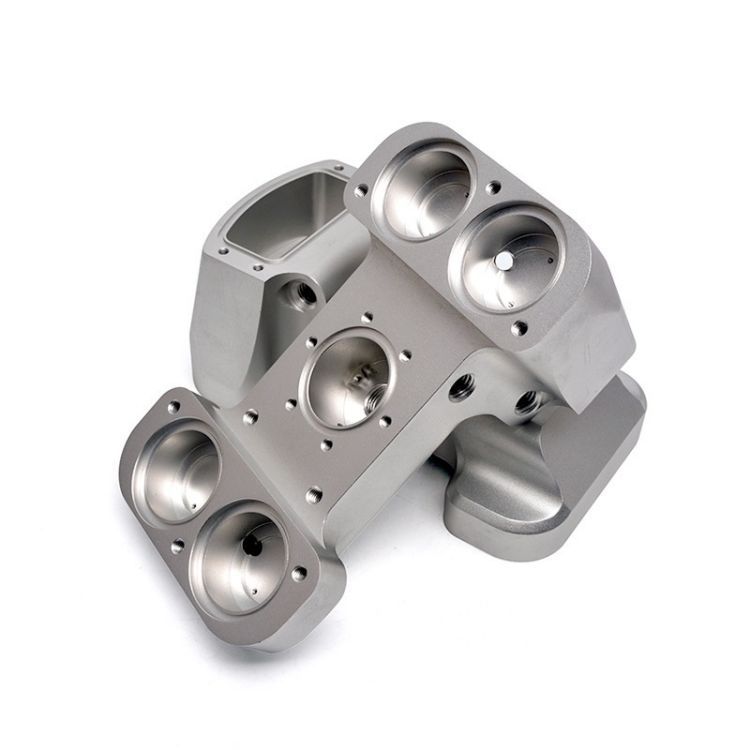The primary materials that are commonly used for CNC lathe milling machining parts
2023-10-17
CNC lathe milling machining parts can be produced from a wide range of materials, depending on the specific application and requirements of the finished product. Some of the primary materials commonly used in CNC lathe milling machining include:
1. Metal Alloys: Various metal alloys, such as aluminum, steel, stainless steel, brass, bronze, and titanium, are commonly used for CNC lathe milling machining. These materials offer excellent mechanical properties, including strength, durability, and corrosion resistance, making them suitable for a wide range of applications in industries like aerospace, automotive, and manufacturing.
2. Plastics: Different types of plastics, such as ABS, PVC, polyethylene, and polycarbonate, are frequently used in CNC lathe milling machining. Plastics are valued for their lightweight nature, ease of machining, and electrical insulating properties, making them popular choices for components in electronics, consumer goods, and medical devices.
3. Composite Materials: Composites, like carbon fiber reinforced polymers (CFRP) and glass fiber reinforced polymers (GFRP), are becoming increasingly popular in CNC lathe milling machining. Composites offer high strength-to-weight ratios and exceptional stiffness, making them ideal for applications in aerospace, sports equipment, and automotive industries.
4. Ceramics: Ceramics, such as alumina and zirconia, are utilized in CNC lathe milling for their excellent thermal and electrical properties. They are often employed in applications that require high-temperature resistance, wear resistance, and electrical insulation, such as electronic components and cutting tools.
5. Wood: Wood is commonly used in CNC lathe milling machining for artistic and decorative applications, as well as in the production of furniture and cabinetry.
6. Other Materials: Some other materials that can be machined using CNC lathe milling include foam, rubber, and even certain types of glass and stone.
It's important to note that the choice of material for CNC lathe milling machining parts depends on factors such as the mechanical requirements of the finished product, cost considerations, the environment in which the part will be used, and any specific regulatory requirements. Manufacturers often select materials that strike the right balance between performance, cost-effectiveness, and the desired properties of the final product.



